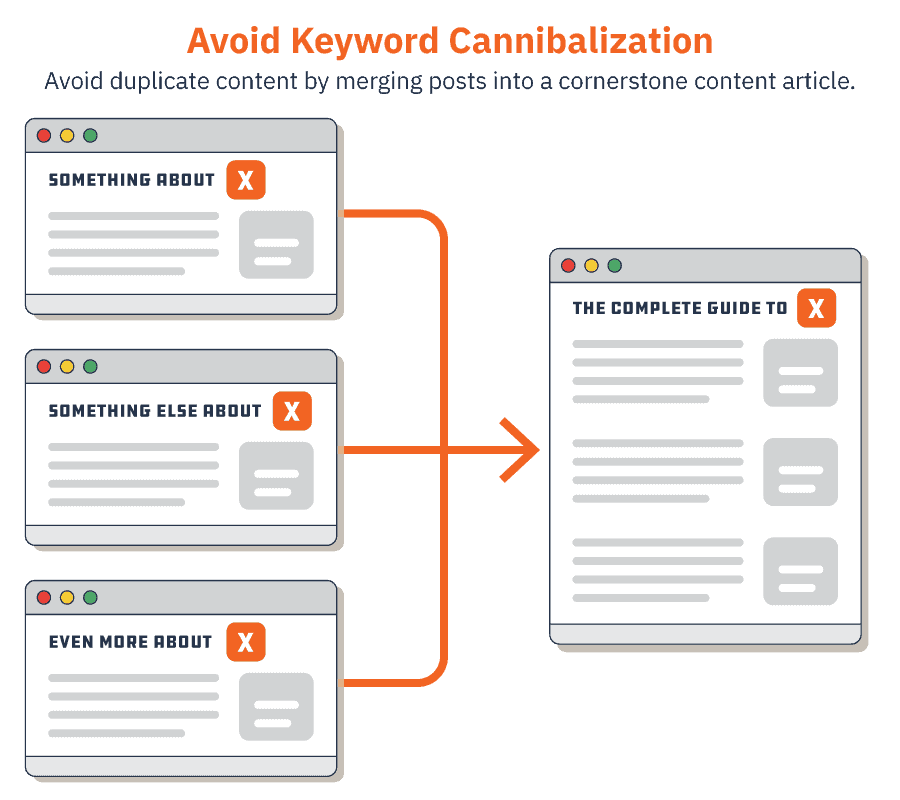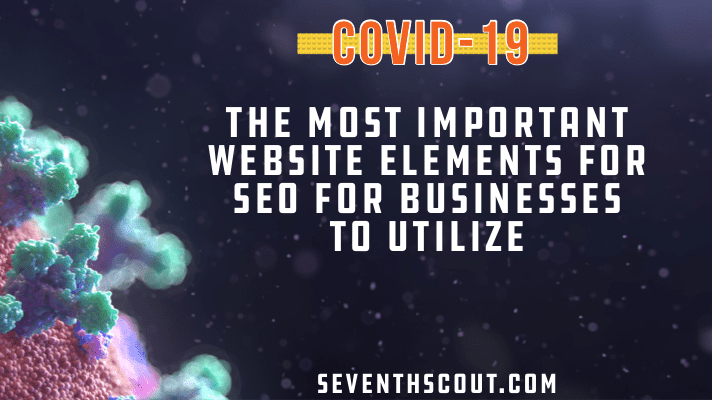Search Engine Optimization (SEO) is constantly evolving as search engines continually refine their algorithms intended to give the end user the best results and experience related to their search, also known as search intent. Understanding and implementing the basic concepts of SEO isn’t enough for most businesses to tap into potential organic traffic results. Below, our team shares best practices for businesses to attract the attention of search engines and humans alike when planning a content creation strategy.
While tools like Yoast SEO and SEMrush help to determine valuable keywords, backlinking, and analytics, these are only a few tools needed to create and execute a successful SEO strategy.
To succeed in organic search, your SEO strategy needs to meet your human audience’s needs and check the boxes required by algorithms. Here are a few tips to incorporate into creating online content which leverages SEO best practices.
Create Content for Your Audience
Your audience is looking for something specific when they search online. Give them what they are searching for. While search engines determine what content shows up when you search, the end result is the audience they deliver to this content. Therefore, create content for your audience first.
Once your content is created, be sure that it is unique and appealing to your targeted audience. Extend the reach and value of your content by incorporating visual aids such as:
- Infographics, charts, graphs
- Photos and gifs
- Audio or video clips
This non-traditional website media is more SEO-friendly than ever. Visual content also attracts more visitors to your website. Plus, you want your content to stand out.
Recycle your Best Content
While most businesses focus on creating new content, sometimes your best content is older than six months and just needs a little refresh to remain relevant. Repurposing existing content is called content recycling. It can be as easy as resharing content with new updates. Content recycling is a great way to improve the ranking of existing content while giving your audience something new to enjoy.
Updating older content can be as simple as adding some of these pieces of content:
- Answer “people also ask” questions
- Add internal links to recent content
- Link to new research studies
- Scan for (and remove) broken links
- Change the formatting or layout
- Target new keywords
- Add videos or images
- Rewrite your introduction
Avoid Duplicate Content
When creating content for a niche market, it can be a challenge to create unique content topics. Publishing new content similar to your old content can create problems for search engines, called ‘duplicate content.’
Duplicate content is identified as similar content located at multiple locations or URLs on one website. When this happens, search engines don’t know which URL to show in the search results. This hurts the ranking of your webpages and can confuse your audience. Add routine content audits to your content creation strategy to prevent this.
To prevent duplicate content, avoid keyword cannibalization. This happens when multiple blog posts are created around the same keywords and end up ranking for the same search query and keywords. If you have duplicate content, the best solution is to merge the webpages into a cornerstone content article.
Work on High-Quality Backlinks
Quality backlinks are among the most important and most difficult parts of any good SEO strategy. Think of backlinks as a popularity vote of approval for your content. Search engines recognize webpages with a large number of backlinks and give them higher rankings in organic search results.
But what are backlinks, and how do you get them on your content?
Backlinks are links from one website to a page on another website. They are also called ‘inbound links,’ ‘incoming links,’ and ‘one-way links.’ You get backlinks when another website or webpage links to your content. The best backlinks come from webpages that already rank high on search engines. One high-quality backlink weighs more than 100 low-quality backlinks.
A simple way to start building backlinks is by linking to your own content. Add links and references to your old content in your new content. When new content is published, update older content to link to new content. This will start building backlinks throughout your network.

Develop a Mobile SEO Strategy
Finally, a robust SEO content creation strategy includes mobile content. In 2021, 63% of Google search queries in the U.S. occur on mobile devices. It’s important to ensure all your content is mobile-friendly. This is even more important if a majority of your content traffic is from mobile users.
Mobile optimization ensures your website content is available and enjoyable for mobile users. You want them to have the same experience and receive the same value as desktop browsers.
Additionally, Google practices mobile-first indexing. (And no, there are not two indexes.) This means instead of crawling a desktop site the algorithm will use the mobile version of your site when indexing and ranking pages.








